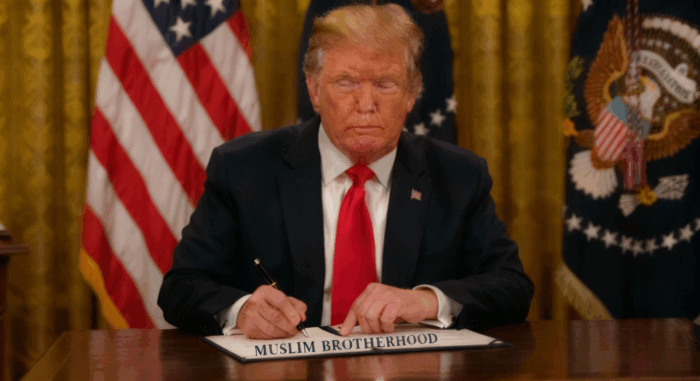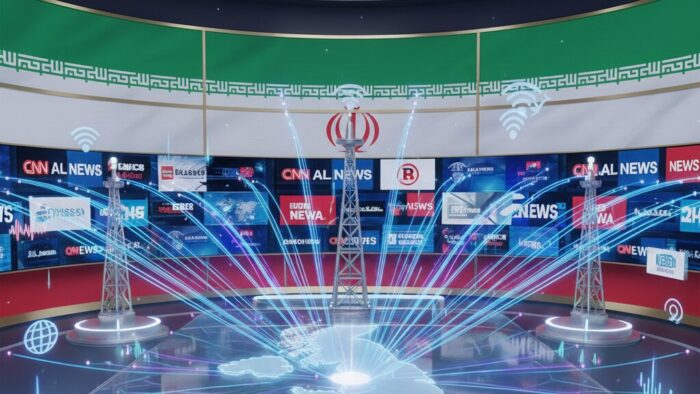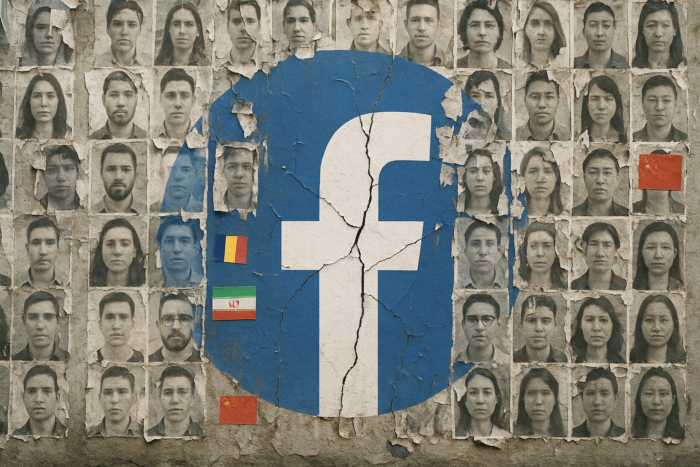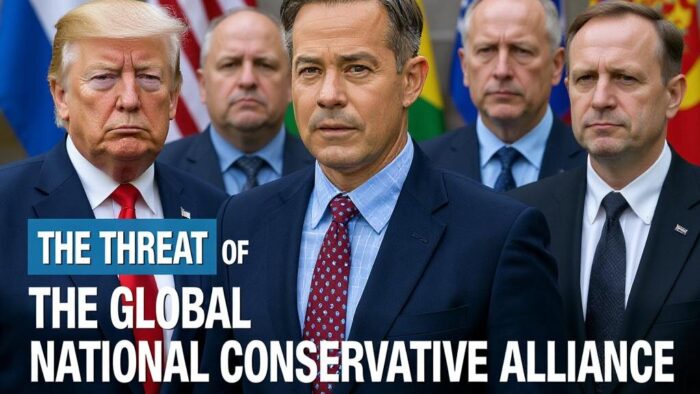China has deployed sophisticated influence operations against India using artificial intelligence-generated disinformation campaigns, social media manipulation through front companies, and recruitment of key voices to exploit domestic fissures and shape public opinion in Beijing’s favor. On 17 October 2025, NDTV published an opinion piece revealing that China leverages AI platforms like GoLaxy to develop realistic social media profiles, spread disinformation, and psychologically profile individuals vulnerable to manipulation as part of information warfare against adversaries, including India. The piece begins:
These cases underscore not only how the US-China contestation is shaping the global intelligence landscape but also one of the most serious challenges that open democracies are facing today in managing Chinese aggressive tactics when it comes to influence operations. These have been aimed at shaping international opinion, exploiting domestic fissures through the features of our democratic/parliamentary system, and seeking to vitiate the informational terrain within which decision-making is gestated. China’s influence operations have a global reach, having been honed and practised for nearly a century under the aegis of the United Front Work Department, ever since the Chinese Civil War predating the establishment of the People’s Republic of China (PRC) in 1949.
Key Points
- China uses a front company, GoLaxy, to develop the Smart Propaganda System, aiming to leverage China’s AI power to tell China’s story, amplify China’s voice, and expand China’s influence globally.
- Chinese intelligence services used Western AI tools such as ChatGPT under the Sneer Review programme to generate comments in English, Chinese, and Urdu for dissemination across social media platforms as part of a global influence campaign.
- China attempted to use AI-developed social media profiles to prolong sectarian conflict in Indian border states like Manipur to augment its strategic influence, particularly in theatres such as Myanmar.
- China’s information warfare supported the India Out campaign on Maldivian social media in the late 2010s and early 2020s, with radicalised youth in Nepal and Bangladesh vulnerable to AI-generated manipulation campaigns led by Chinese platforms.
China’s Influence Operations in India: AI, Social Media, and Academic Infiltration
Chinese influence operations in India have intensified through sophisticated multi-platform campaigns targeting the country’s diverse information ecosystem. This escalation followed the deadly 2020 Galwan Valley border clash that significantly deteriorated bilateral relations. China deploys AI translation technology to automatically convert posts from Chinese to English or Bengali, while operating English-language content farms to reach Indian audiences.
Beyond digital tactics, Beijing has worked to cultivate sympathetic Indian media figures who advocate friendship even at the cost of India’s sovereignty. China has also deployed coordinated inauthentic behavior on social media platforms. Meta disclosed at least two major fake account networks since 2023 that criticized the Indian government and military while focusing on border issues. A separate campaign created a fictitious pro-Sikh activist movement called “Operation K” to foment division.
Beijing also spreads misleading narratives, such as claims of a “Little China in India” in Manipur that refuses to speak Hindi or marry Indians. Similarly, Chinese state media outlets, including Global Times and CGTN, have amplified pro-Pakistan narratives during India-Pakistan tensions. These coordinated campaigns on Weibo and Twitter aim to undermine India’s credibility while showcasing Chinese military superiority.
Academic infiltration includes Chinese embassy-funded university centers hosting events where Chinese academics promote narratives blaming the US for India-China divisions. This extends to media manipulation, as journalists visiting Tibet on Chinese-sponsored trips return using Beijing’s terminology like “Xizang” and praising CCP rule, which threatens India’s territorial claims.
The 2024 research collaboration between the Polish Institute of International Affairs and Observer Research Foundation offers important comparative insight. While the European Union prioritizes Russian disinformation threats, India focuses almost exclusively on Chinese information operations. This reflects divergent threat perceptions between these democratic partners and highlights the need for enhanced EU-India cooperation on countering Beijing’s influence activities.
External References:
— Beijing’s online influence operations along the India–China border — Australian Strategic Policy Institute
— China’s Quiet Push in India — China Media Project
— Risks, Resilience, Response (3R): India-EU Cooperation on Russian and Chinese Disinformation and Propaganda — Observer Research Foundation
Disclaimer:
The Global Influence Operations Report (GIOR) utilizes AI throughout the posting process, including the generation of summaries for news items, introductions, key points, and, often, the “context” section. We recommend verifying all information before use. Additionally, all images are generated using AI and are intended solely for illustrative purposes. While they represent the events or individuals discussed, they should not be interpreted as real-world photography.












